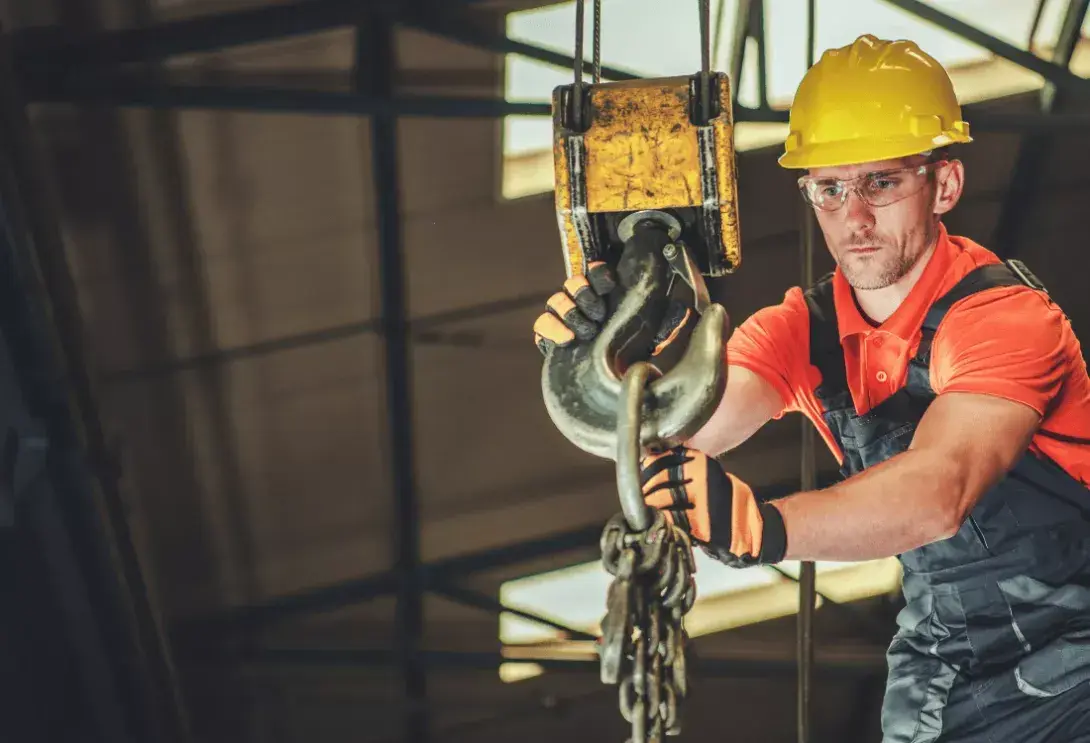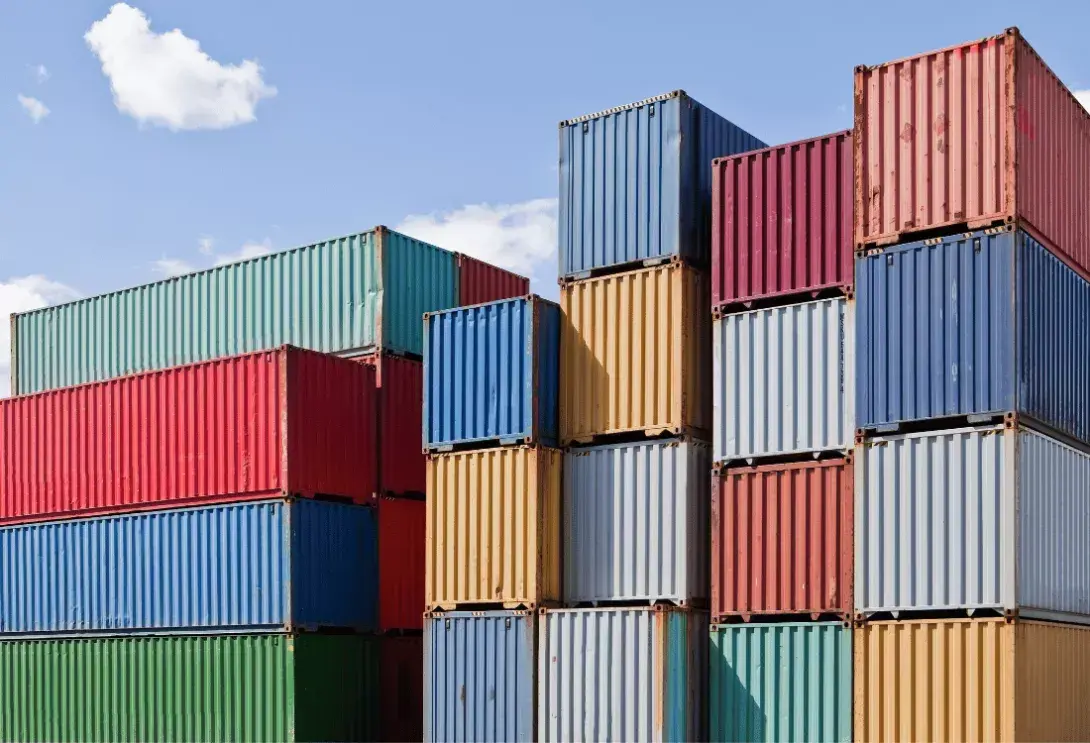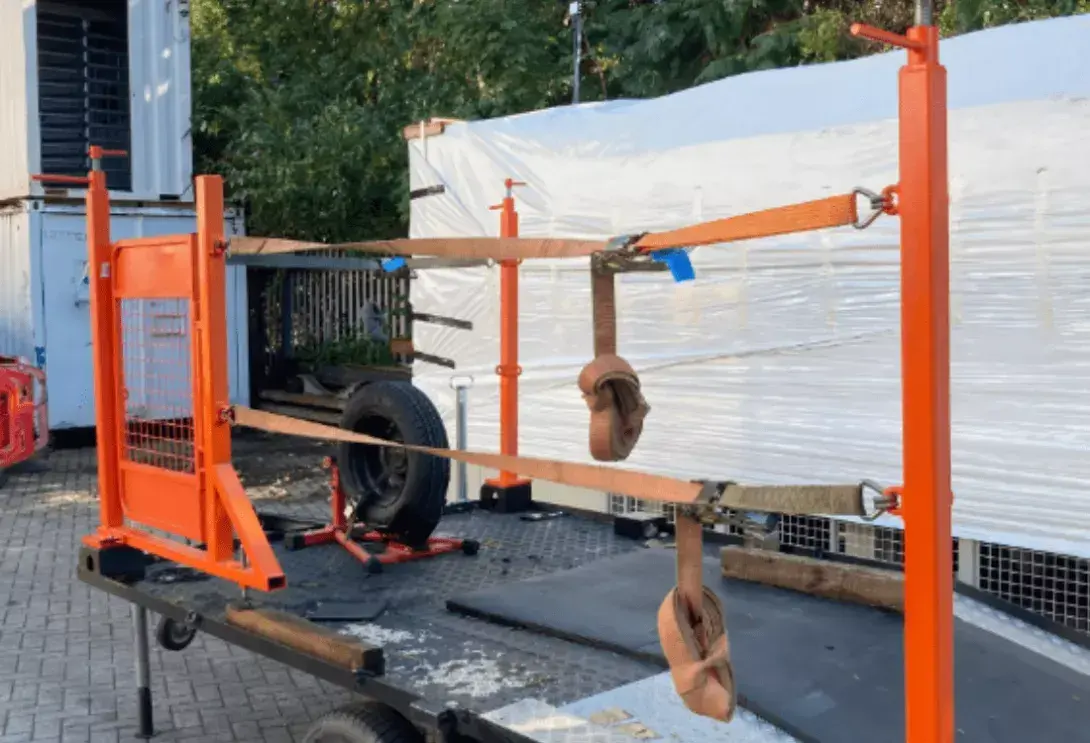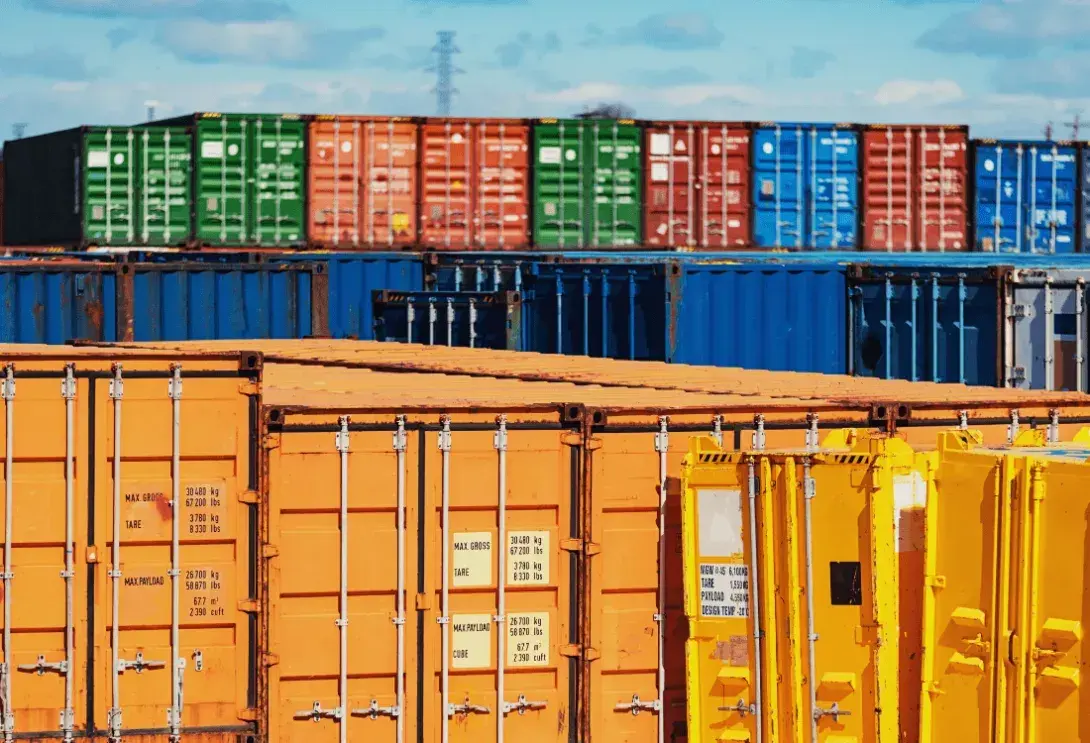Why Should Your Company Invest In Lifting Equipment And Safe Systems of Work
By Ray Simmons on Feb 5, 2025 12:00:00 PM

Investing in industrial lifting equipment and implementing safe systems of work can be more than justified by the significant return on investment these measures can offer. Here are the five main benefits you can expect to see from using industrial lifting systems together with safe working practices.
Reduced Risk of Worker Injury
In theory, manual lifting should not create any issues for the workers who perform it. In practice, manual lifting is often a trigger for accidents. It can also lead to long-term health issues of varying grades of severity.
There are many reasons for this. Most of them, however, boil down to one simple fact; the more often workers perform manual lifting, the more opportunities they have to make mistakes.
The logical corollary of this is that the less manual lifting workers have to do, the fewer opportunities they have to make mistakes and, hence, the safer they are. Moreover, some industrial lifting equipment can be used with very little training. For example, it’s usually very easy for workers to learn how to use a basic gantry.
More Robust Safety Compliance
Essentially, safety compliance is about being able to demonstrate that you’ve taken all reasonable steps to keep your workers safe at all times. The three pillars of safety compliance are risk assessment, effective communication and suitable working equipment and training.
Investing in industrial lifting systems clearly demonstrates that you are committed to ensuring worker safety and, specifically, to minimising the risk of both incident and injury. It therefore adds weight to your safety compliance standing.
Increased Operational Efficiency
Measures that improve safety and/or reduce the burden on workers also tend to increase operational efficiency and, hence, productivity. This is certainly true of investing in industrial lifting equipment.
By improving safety, industrial lifting systems reduce the likelihood of both unplanned downtime and unexpected worker absences. They also remove the need for resources to be dedicated to managing the consequences of these. For example, by reducing accidents, they reduce the need to complete the administration caused by accidents.
By reducing the burden on workers, they enable lifting tasks to be performed more quickly (and, where relevant, more accurately). This means workstreams can be completed faster which ultimately means that businesses can take on more projects.
Improved Cost-Effectiveness
At a high level, the more streamlined a business’ operations are, the more cost-effective they are. In essence, a streamlined operation is an operation that works seamlessly without unnecessary downtime such as ongoing bottlenecks or one-off incidents. Investing in industrial lifting systems helps to simplify and streamline operations. It therefore improves cost-effectiveness.
The patented SHEARFORCE rotational gantries have the unique ability to rotate their heads thus allowing the bases to be positioned around immovable objects. This means that they can be fitted into places that would be too challenging for other gantries. These include confined spaces and spaces with uneven floors. It’s also highly portable so it can be moved quickly from one job to another.
Enhanced Reputation
Businesses that run their operations both safely and efficiently tend to develop good reputations within their industry (and potentially beyond).
It’s hard to calculate the extent to which this is a commercial advantage. It is, however, fair to say that it’s human nature for buyers to want to do business with people they perceive to have a good reputation.
Reputable businesses also tend to find it relatively easy to recruit and retain workers, including, and especially, skilled ones.
To find out more about our gantries and how they can help your lifting processes, please get in touch with SHEARFORCE today!
Image Source: Canva
You May Also Like
These Related Stories

Why Fall Protection Is Essential When Working With Shipping Containers

A Mini Guide To ConCEPS: What Is It And How Does It Work?



No Comments Yet
Let us know what you think